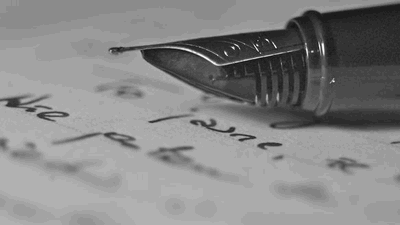Art Term Papers – Looking For Samples On The Web
Art term papers are typically pretty similar to research-based papers required in Literature and other English courses. Though there may be differences in citation and style requirements, the process is mostly the same.
The Documents
The biggest difference between writing a term paper for Art and those in other fields of study is the subject matter. Though there are supporting documents for most any topic, most often the actual subject is a piece, a structure or a movement. Because of this, art papers often rely on impressions – or the impressions of other scholars.
How to Find Help
There are helpful links and documents (including samples) on many Art Department websites. Some departments at the university level offer written examples, as well as helpful tips about the process of collecting information, researching art in general, and writing an art focused paper.
Tip: Ask your instructor for a sample paper, if they have one. If not, you can also check your school’s Writing Lab or website. If none of those options prove fruitful, start your own internet search for other schools that post that information.
Finding Sources
One unique characteristic of Art term papers is that they often require more than simple source lists. Most often, students are required to include visual documentation along with other written forms. This can include:
- Photographs
- Copies
- Scanned Images
- Illustrations
- Designs
- Recreations
The internet is a great resource for source information – including visual documentation. If you are writing a piece on a structure that you are unable to view in person, the internet will be extremely helpful as you try and locate source photographs of your topic.
Documentation Requirements
The documentation of sources varies based on instructor preference. Complete a thorough review of all assignment handouts to determine the specific requirements your teacher has for the assignment. Pay special attention to the documentation process for visual resources.
Creating an Outline
Create an outline or cluster to help you document your resources and form your thesis. Include specific resource information that you want to include in your paper – as well as where to find it. Also include quotes, photographs and citations that you will be including within certain discussion categories.
It can be helpful to cross-check your outline with the basic outline of another, similar essay. If you can’t find an example essay that works for your topic, search out similar research papers to use as a guide. The outline for a basic research paper can help you through the process – even if the topic of the essay isn’t art related.
